Did you ever think that books assigned in high school English class could actually help…
Autocopters are changing the way scientists and citizen scientists collect data. Hovering above the treetops, these “spiderlike” machines are able to take a series of photos of foliage and flowers at close range, writes Wynne Parry in an article featured in Scientific American. While satellite images and “aircraft-borne scans” have been available in the past, the autocopters offer better resolution at a better price. These autocopters are perfect for capturing “year-to-year variation in the cycles by which different species of trees grow and shed their leaves, fruit and flower.” Such variation data is critical when determining an ecosystem’s response to climate change.
The potential scientific research capabilities of autocopters are important, but it is the expansion of opportunities for citizen science offered by these machines that is truly exciting. As the cost of the autocopters falls, the software necessary to see and use the data continues to become easier to use and manipulate. Ecosynth, the organization currently testing the autocopters, envisions a near future where users can sign on to a “virtual world” created by the 3-D data, where “users can interact with each other in real time by, for example, highlighting trees and chatting.”
Don’t envision yourself at the help of an autocopter? Ecosynth is also working on a system that allows users to capture and record image data with their smartphones, tablets, or laptops. The goal? Allowing anyone, anywhere, to walk through his or her own environment taking images that could then be uploaded and used to create a 3-D world. This world would be full of data that can be used for just about anything, whether scientific, personal, or merely as a way to explore your own world from a different angle.
Though this system is still being developed, there are many citizen science projects that are calling for participants right now. The Association of Zoos and Aquariums invites anyone and everyone to learn the songs of frogs and toads in your area, then record them online for their FrogWatch USA project. The Cornell Lab of Ornithology offers myriad ways to monitor and record birds in your area, which allows them to pool nationwide data on bird populations and migrations. Monarchwatch.org teaches participants not only how to record monarch observations, but also how to build Monarch Waystations and instructions on how to raise monarchs at home or for a classroom.
Take a trip to one of TLC’s Nature Preserves and record what you see – you could be a critical member of a local or national citizen science project! Tell us about your citizen science experience and share your photos on our Facebook page.
